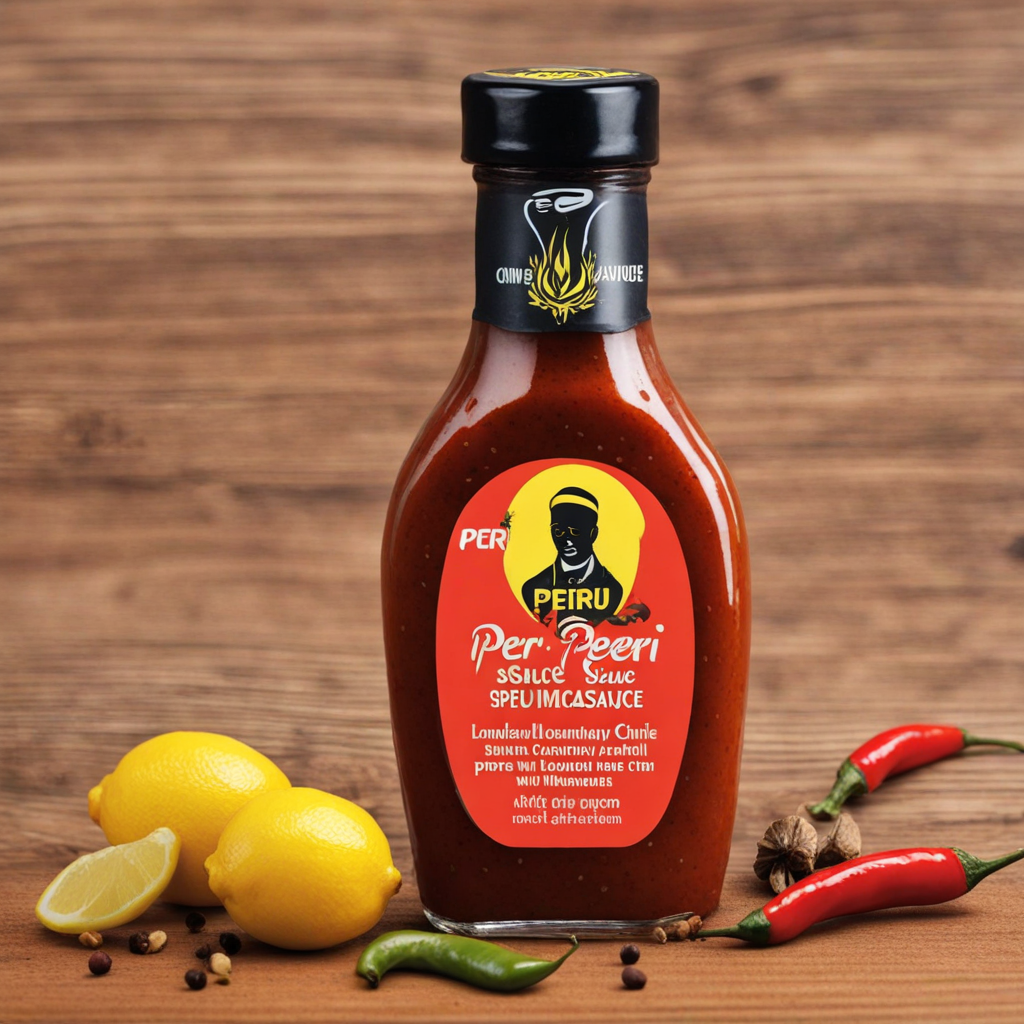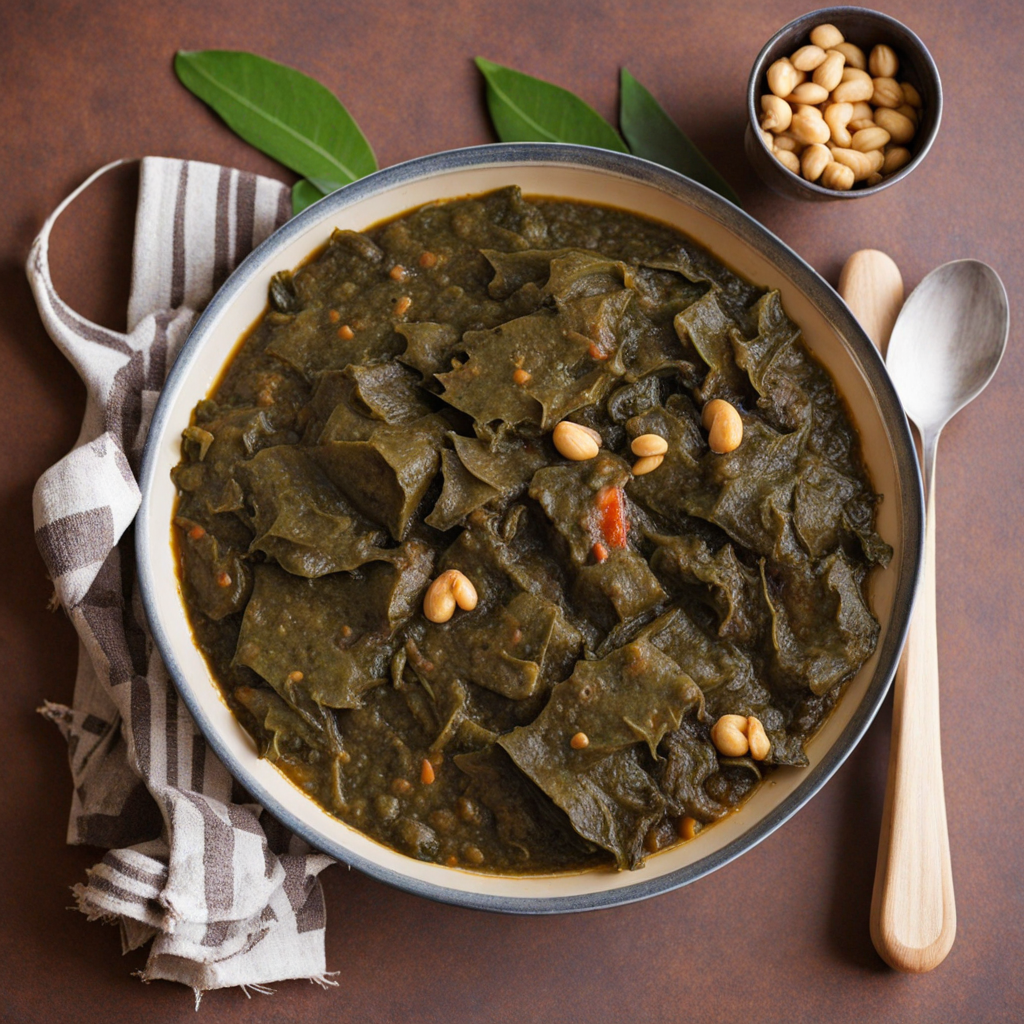Peri Peri Sauce
Peri Peri Sauce, originating from Mozambique, is a vibrant and zesty condiment that encapsulates the bold flavors of Southern African cuisine. At its core, this sauce is made from the fiery African Bird’s Eye chili, which brings a delightful heat that awakens the palate. The sauce is typically blended with garlic, lemon juice, vinegar, and a medley of herbs and spices, creating a harmonious balance of tanginess and spiciness. This unique combination not only enhances the flavor of dishes but also adds a distinct character and depth that sets it apart from other chili sauces around the world. When you taste Peri Peri Sauce, you will be greeted with an explosion of flavors. The initial heat of the Bird’s Eye chili is complemented by the refreshing acidity of lemon and vinegar, which cuts through the spice and prevents it from overwhelming the taste buds. The garlic lends a savory richness, while additional spices like paprika or oregano provide a subtle earthiness. This versatile sauce can be used as a marinade for grilled meats, a dipping sauce for fried snacks, or even a flavor booster in stews and soups, making it a beloved staple in Mozambican kitchens and beyond. The culinary journey with Peri Peri Sauce is not just about heat; it's also about the cultural fusion that defines Mozambique's rich food heritage. The sauce reflects the influences of Portuguese colonialism and indigenous flavors, resulting in a dish that tells a story of resilience and creativity. Whether slathered on grilled chicken, drizzled over roasted vegetables, or mixed into a zesty salad dressing, Peri Peri Sauce invites adventurous eaters to explore its fiery charm and enjoy the warmth of Mozambican hospitality, one delicious bite at a time.
How It Became This Dish
The Flavorful Journey of Molho Piri Piri: A Mozambican Culinary Treasure Origins and Ingredients Molho Piri Piri, a spicy chili sauce that has become synonymous with Mozambican cuisine, has roots deeply entwined in the history of African and Portuguese interactions. The term "Piri Piri" itself is derived from the Swahili word for "pepper," reflecting the influence of the Bantu-speaking peoples of East Africa and their culinary practices. The primary ingredient of this sauce is the African bird's eye chili (Capsicum frutescens), a small, potent pepper that packs a fiery punch, revered not just for its heat but also its rich flavor. The origins of Piri Piri can be traced back to the 15th century when Portuguese explorers and traders began to navigate the coast of Africa. They encountered the indigenous peoples, who had been using various peppers and spices long before European contact. The Portuguese, recognizing the unique qualities of local ingredients, began to incorporate them into their own cooking. Over time, the fusion of African and Portuguese culinary traditions gave rise to the distinctive Piri Piri sauce we know today. Cultural Significance In Mozambique, Molho Piri Piri transcends mere condiment status; it embodies a vital aspect of national identity and cultural heritage. The sauce is not just a flavorful addition to dishes but also a symbol of the country's history of colonization, resilience, and adaptation. As Mozambique gained independence from Portuguese rule in 1975, Piri Piri became emblematic of a unified national cuisine that celebrates local flavors while acknowledging the influences of colonization. The sauce is primarily used to marinate grilled meats, particularly chicken, which is often cooked over open flames in traditional braai (barbecue) styles. The preparation of Piri Piri chicken has become a ritual in many Mozambican households and is a staple at celebrations and gatherings. The vibrant red hue of the sauce, combined with its aromatic blend of garlic, lemon, and additional spices, not only tantalizes the palate but also reflects the colorful culture of Mozambique. Development Over Time The evolution of Molho Piri Piri can be viewed through various lenses—culinary, social, and political. After independence, the sauce became a culinary symbol of national pride and unity, often featured in local restaurants and eateries. The 1990s saw a resurgence of interest in traditional Mozambican cuisine, as the country opened up to tourism and international influence. Chefs began to experiment with Molho Piri Piri, adapting and refining traditional recipes while keeping the essence intact. One notable development was the introduction of variations to the sauce. While traditional recipes typically include bird's eye chilies, garlic, lemon juice, olive oil, and salt, contemporary interpretations have seen chefs incorporate additional elements such as herbs, spices, and even fruit for a unique twist. Some versions include smoked paprika for depth, while others might blend in mango or pineapple for sweetness, showcasing the versatility of Molho Piri Piri. The global interest in spicy food has also played a role in the sauce's popularity outside Mozambique. As the world became more interconnected, chefs and food enthusiasts began to discover the bold flavors of Piri Piri. The sauce found its way into plates in restaurants from Europe to North America, often paired with grilled seafood, meats, and even vegetables. The rise of global culinary trends like fusion cuisine has allowed Molho Piri Piri to transcend its regional boundaries and become a celebrated condiment in various culinary traditions. The Sauce in Modern Mozambican Cuisine In contemporary Mozambican cuisine, Molho Piri Piri remains a staple on the dining table. It is commonly served alongside not just grilled meats, but also dishes such as peri-peri prawns, a popular coastal dish that highlights the country's rich seafood bounty. Additionally, it is often used as a marinade for fish, which is a significant part of the diet, particularly in coastal regions. Restaurants across Mozambique frequently showcase Piri Piri chicken as a flagship dish, drawing both locals and tourists eager to experience authentic flavors. The dish is often accompanied by sides like matapa (a dish made of cassava leaves cooked with peanuts and coconut milk) and rice, creating a well-rounded meal that reflects the country's culinary diversity. Global Influence and Recognition In recent years, the international food community has recognized Molho Piri Piri as a culinary gem. Its influence can be seen in the rise of Piri Piri chicken chains and restaurants in various countries, particularly in the United Kingdom and South Africa. These establishments often emphasize the quality of ingredients and traditional cooking methods, celebrating the sauce's heritage while making it accessible to a broader audience. Moreover, the rise of social media and food blogs has further propelled the popularity of Molho Piri Piri. Home cooks and food enthusiasts share their interpretations and recipes, helping to cultivate an appreciation for this vibrant sauce. Cooking shows and culinary competitions have also spotlighted the sauce, showcasing its versatility and depth of flavor to audiences worldwide. Conclusion: A Living Heritage Molho Piri Piri is more than just a flavor enhancer; it is a living heritage that reflects the complex tapestry of Mozambique's history, culture, and culinary evolution. From its origins as a local condiment to its rise as a global phenomenon, Piri Piri sauce embodies the resilience and creativity of a nation that has navigated through layers of influence and change. As Mozambique continues to explore its culinary identity, Molho Piri Piri remains a flavorful testament to the country’s rich past and promising future, inviting food lovers everywhere to savor its fiery essence. Whether enjoyed in the heart of Mozambique or on a distant plate, this sauce encapsulates a story of fusion, flavor, and the unbreakable spirit of a people proud of their heritage.
You may like
Discover local flavors from Mozambique







